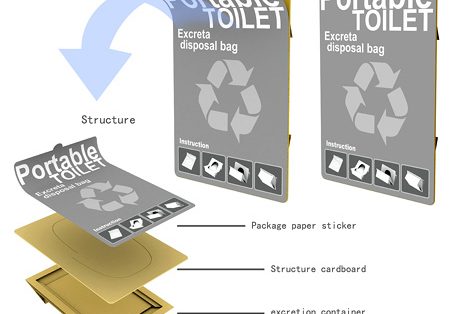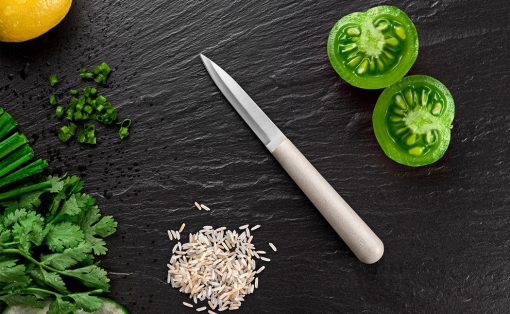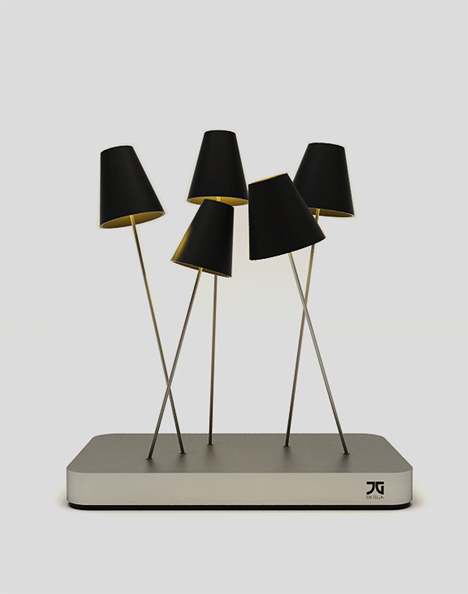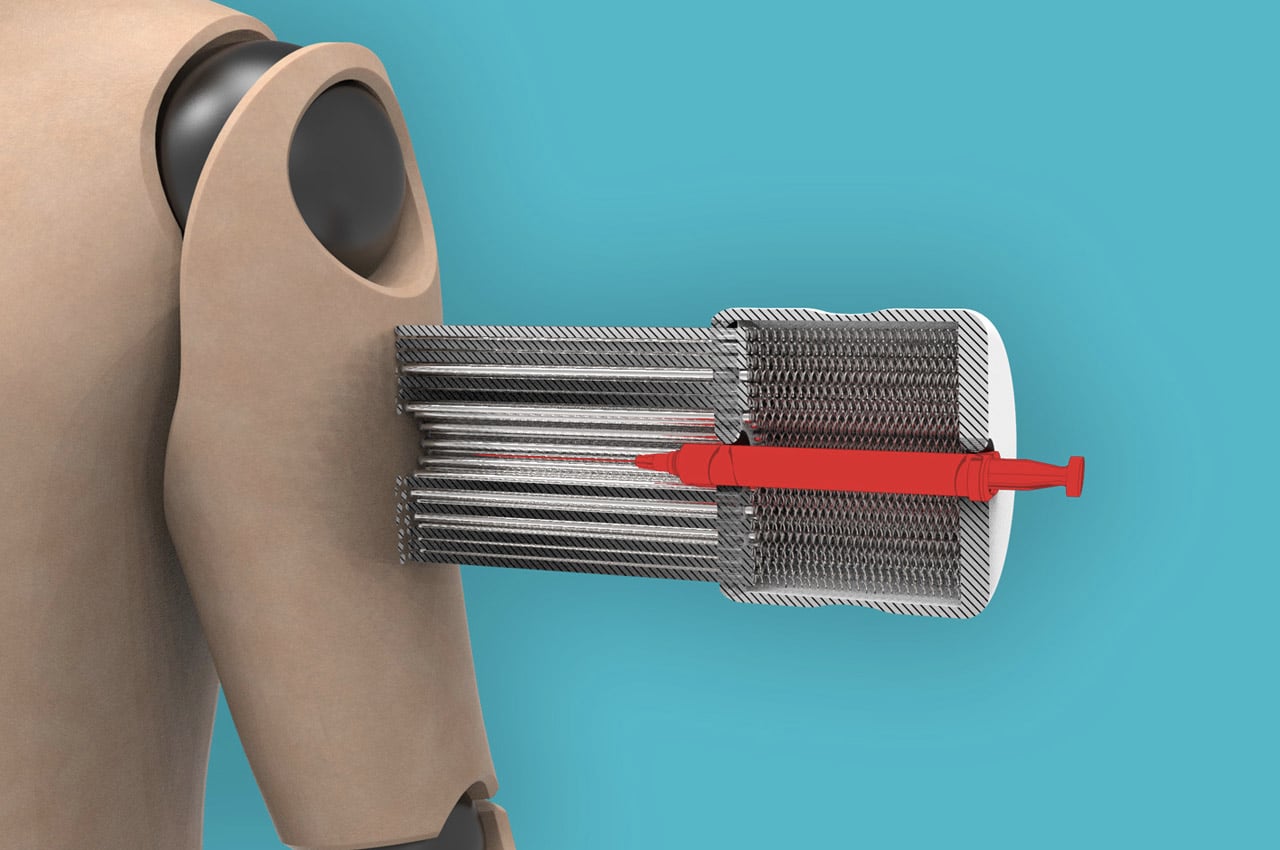
If there’s something that this pandemic has taught us it’s that health truly is wealth! We cannot take our health and well-being for granted, and a mindset of preparedness and precaution is extremely integral during such times. The medical industry has been making leaps and jumps in its innovations, to ensure such a brutal pandemic doesn’t occur again. Designers have been coming up with new and improved, life-saving medical designs that not only boost medical care but relieve some of the pressure from our tireless medical force. From a prosthetic limb integrated with smart technology to a Dyson award-winning injection accessory – these designs tackle a variety of problems in the health and medical field. They’re a boon to modern healthcare and a reminder that we cannot take our health for granted any longer! revolutionize
1. The Pinsoft
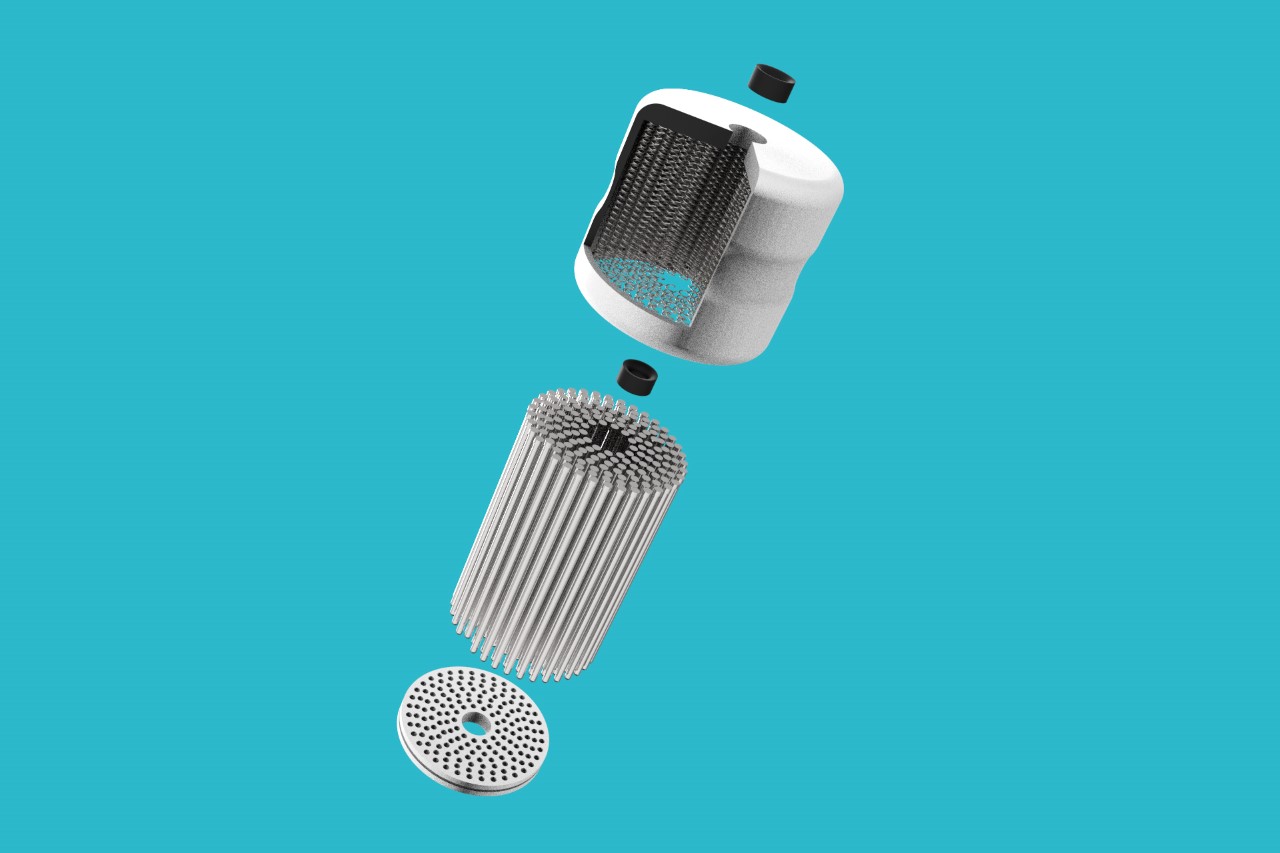
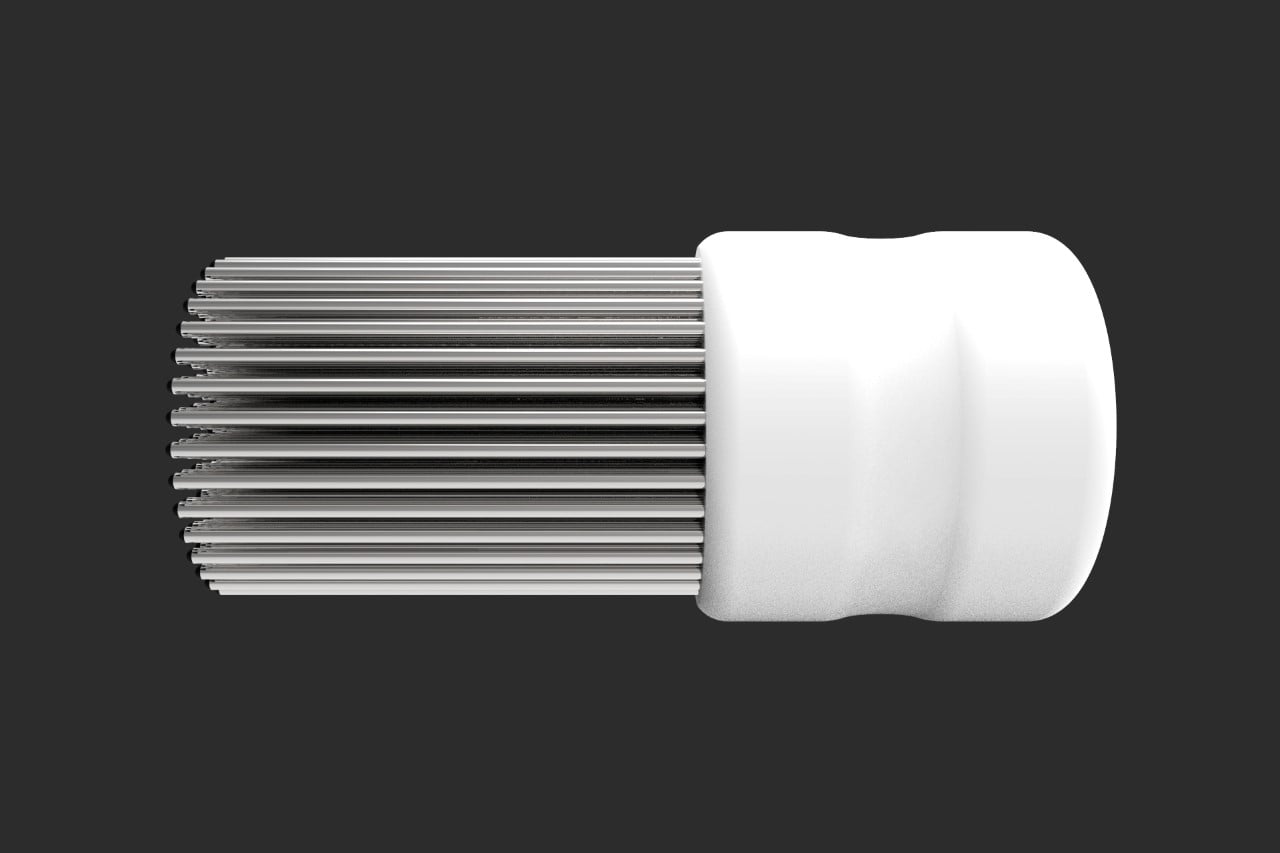
While its appearance could easily be mistaken for a fancy meat tenderizer, the James Dyson National Award-winning Pinsoft is an injection attachment that helps people deal with Trypanophobia or a fear of needles. Its terrifying appearance aside, the Pinsoft sits around ‘ an injection, and its multiple round-tipped prongs help stimulate and confuse your skin as the needle makes its way through. The gentle stimulation caused by the prongs distracts your brain since it can’t immediately tell the difference between the prongs touching your skin and the needle piercing your skin. By the time you realize what’s happened, you’re done with your shot!
2. AXO


An award-winning concept called AXO is aiming to create a cast that actually looks more like a fashion statement than a medical emergency. More importantly, it’s something that is easy to put on, can still make your skin breathe (as compared to the usual cement cast), and is made from recyclable materials. The designers are also looking at this product to make the production of medical casts using sustainable methods. The concept also aims to reduce the need for further check-ups and may even avoid further damage to tissue, muscle, or bone. How they will be able to do all that is something that they did not specify in their concept description.
3. ECO-FLO
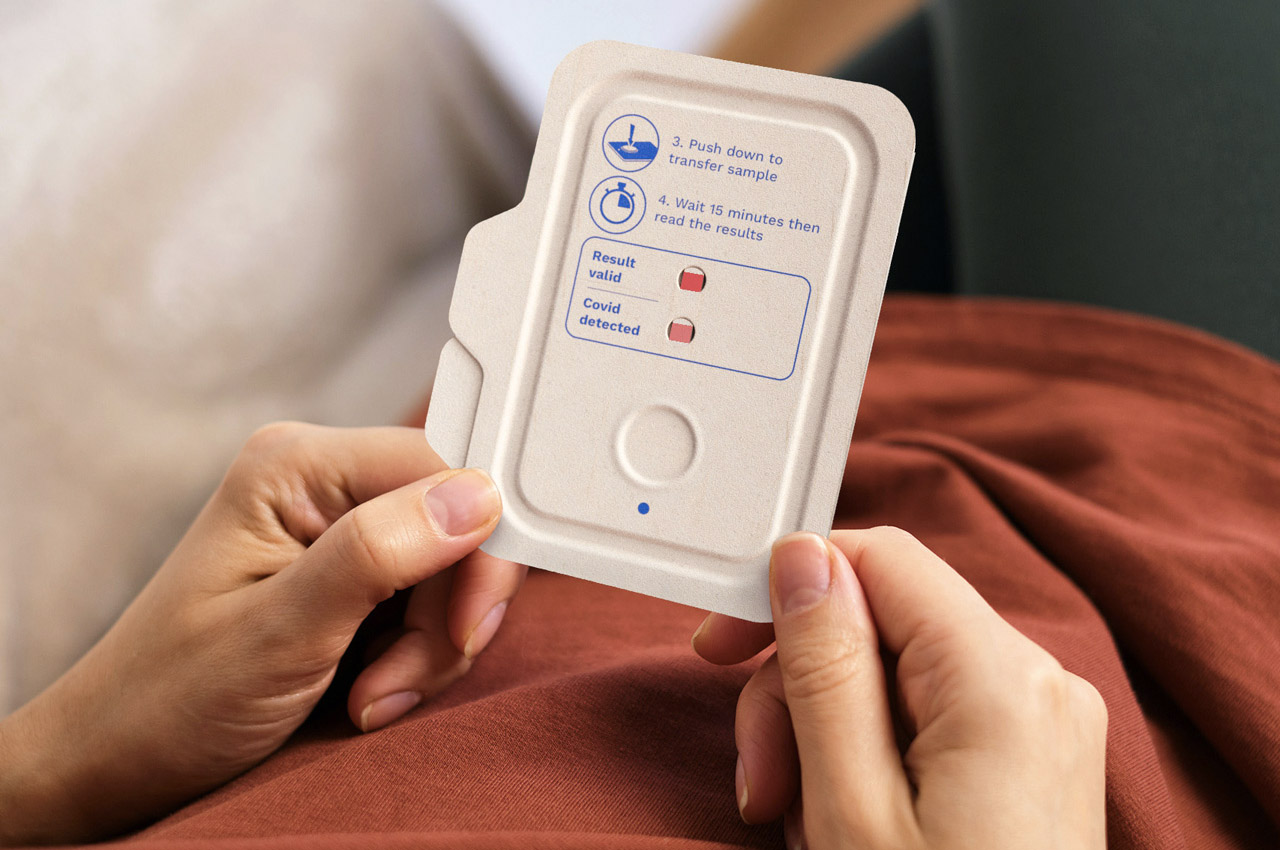

ECO-FLO was envisioned as a one-of-a-kind test kit that, instead of relying on nasal swabs, uses a saliva sample instead. The kit comes in four parts – the test kit, the test strip, an absorbent pad, and a sachet. While current lateral flow and PCR tests have a much more complicated (and failure-prone) procedure, using the ECO-FLO is much easier and foolproof. Just open the kit up and place your saliva sample in the designated absorbent pad. Close the kit and press the button on the front, and your results get displayed on the test strip. Once you’re done, place the kit back inside its sachet and dispose of it carefully.
4. MicroMed
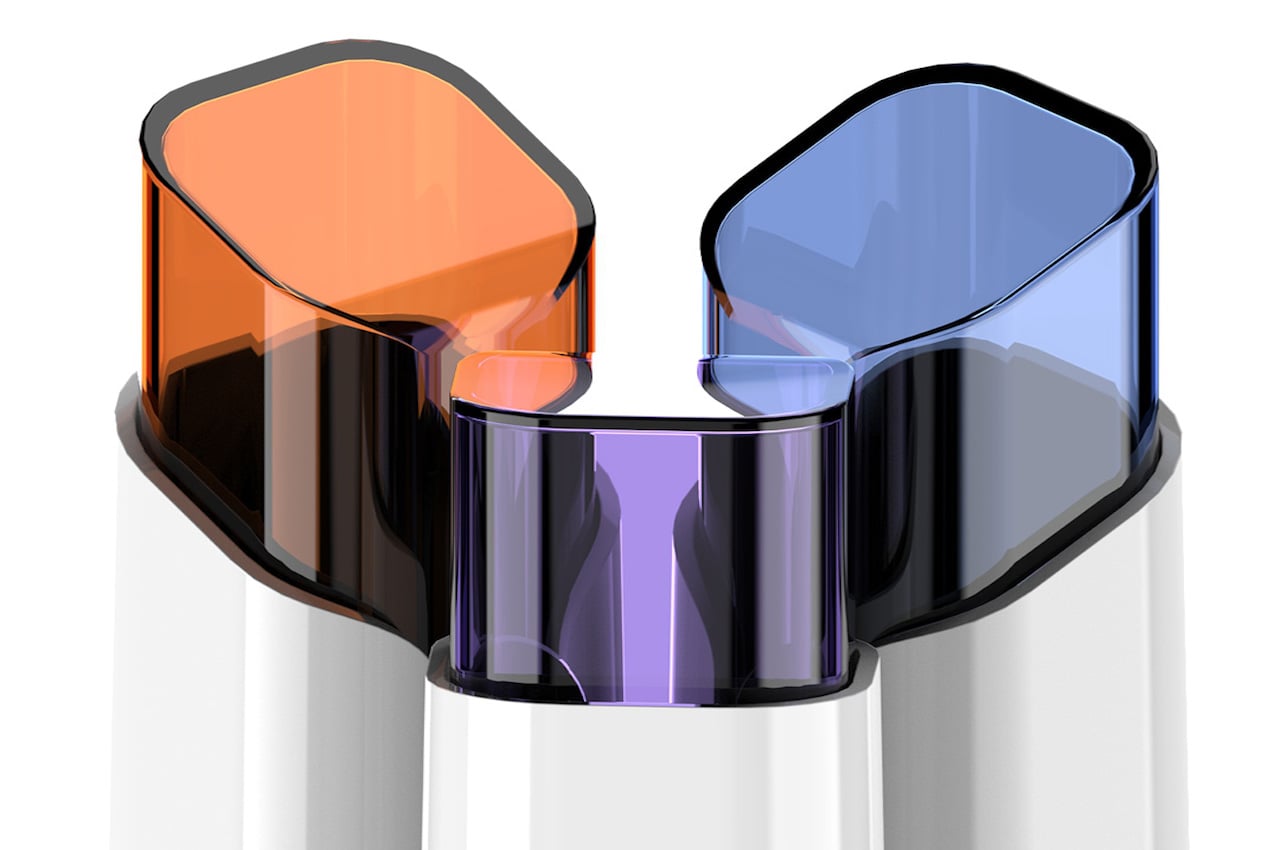
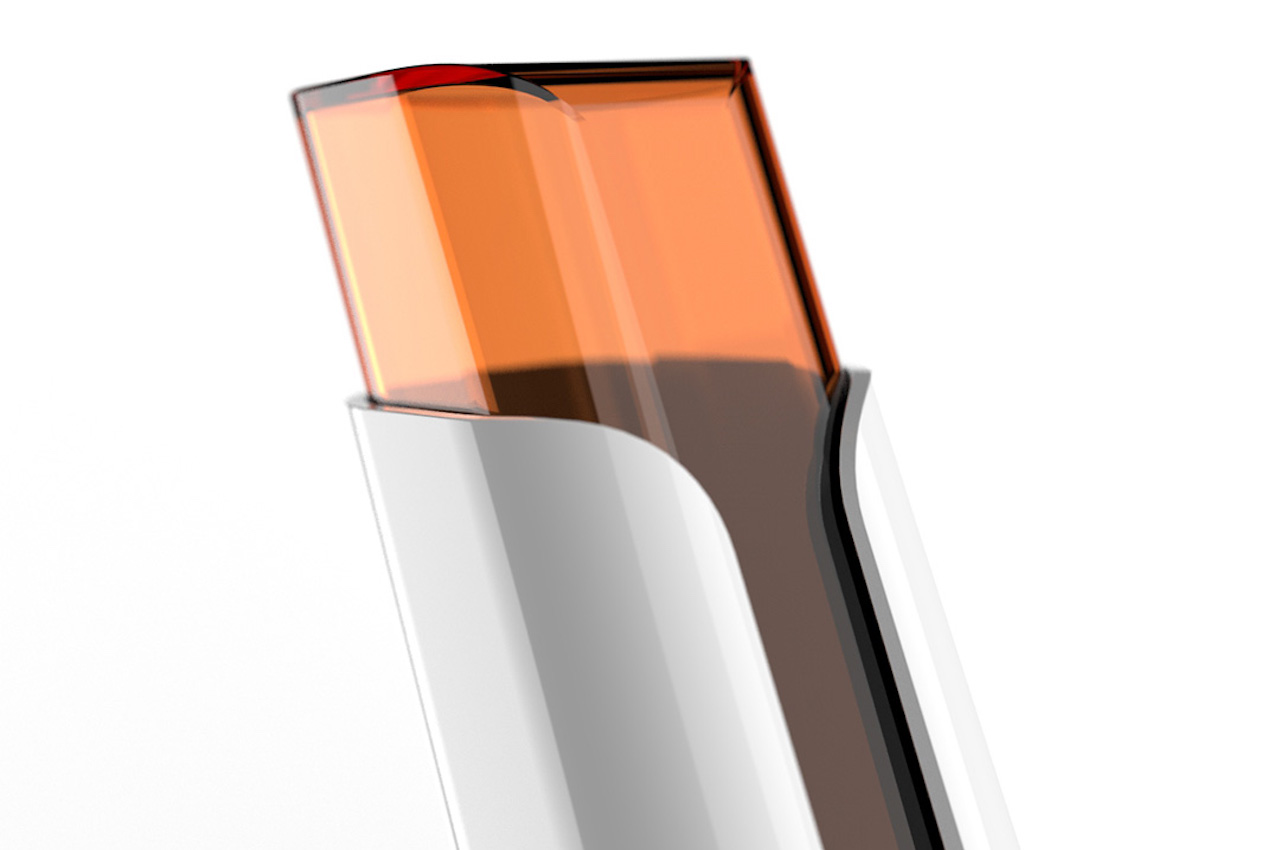
MicroMed is a concept product design that allows customized doses of medication. It is more of an advanced med dispenser as the doses are based on a user’s characteristics. Data are entered on a companion app to identify and offer the correct dose. One advantage of the MicroMed is that you won’t need the blister packaging since it is very wasteful. Reduced waste means it is more eco-friendly for a more sustainable future. The MicroMed also offers a refillable cartridge system, which is an ideal solution, especially for those regularly taking medication.
5. The Smart Prosthetic Arm
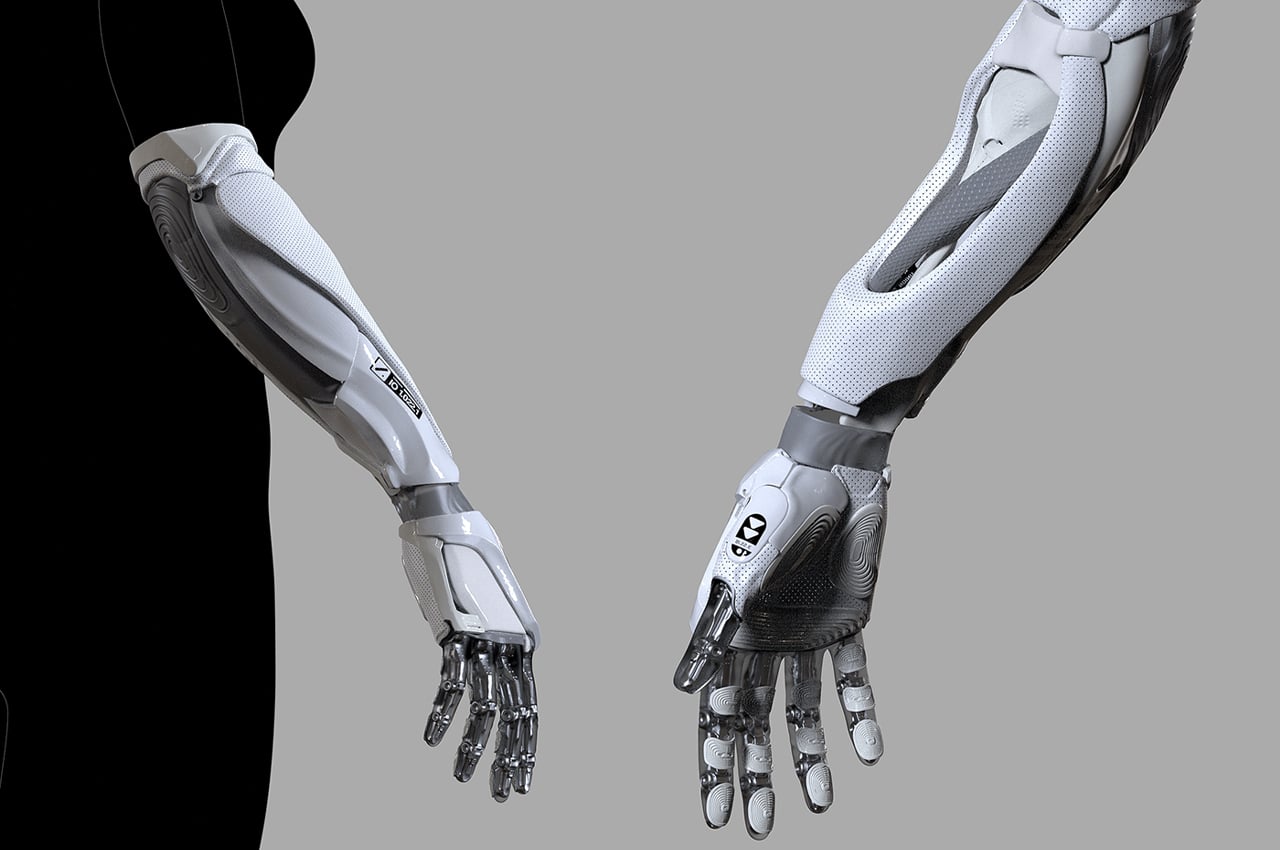
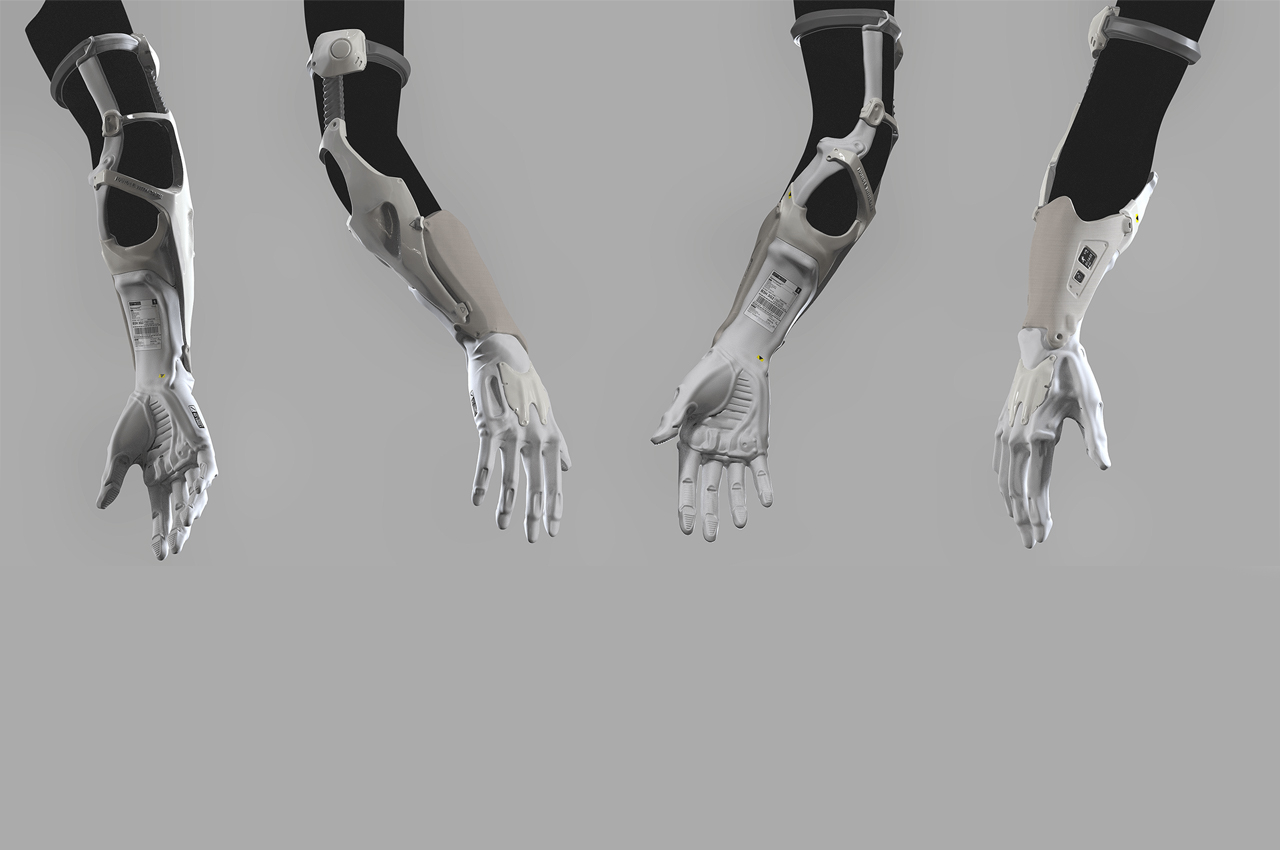
The Smart Prosthetic Arm is a wearable design concept that integrates AI and smart technology into the construction of a prosthetic limb. While some prosthetic arms take on the look of an actual limb to create a cohesive look with the user’s body and skin tone, Lihovski’s design embraces the tech of it all. The robotic look also helps to normalize the use of prosthetic limbs in common spaces. Conceptualized in optic white and slate black, a digital interface wraps around the prosthetic arm’s elbow crease that operates as the prosthetic limb’s smart hub.
6. The C-knee


A design company came up with a medical design solution to help kids who suffer from injuries like damaged meniscus and other possible leg injuries that will affect the knees, especially in the recovery process. The C-knee is a device that the child can wear while recovering from their fracture, sprain, or other injuries. It’s designed like the usual leg brace that athletes wear but with a mesh padding to fit the knee area. I’m assuming that this is something the kids will wear after the cast has come off and the doctors and parents need to keep a close eye on their knees.
7. Mae
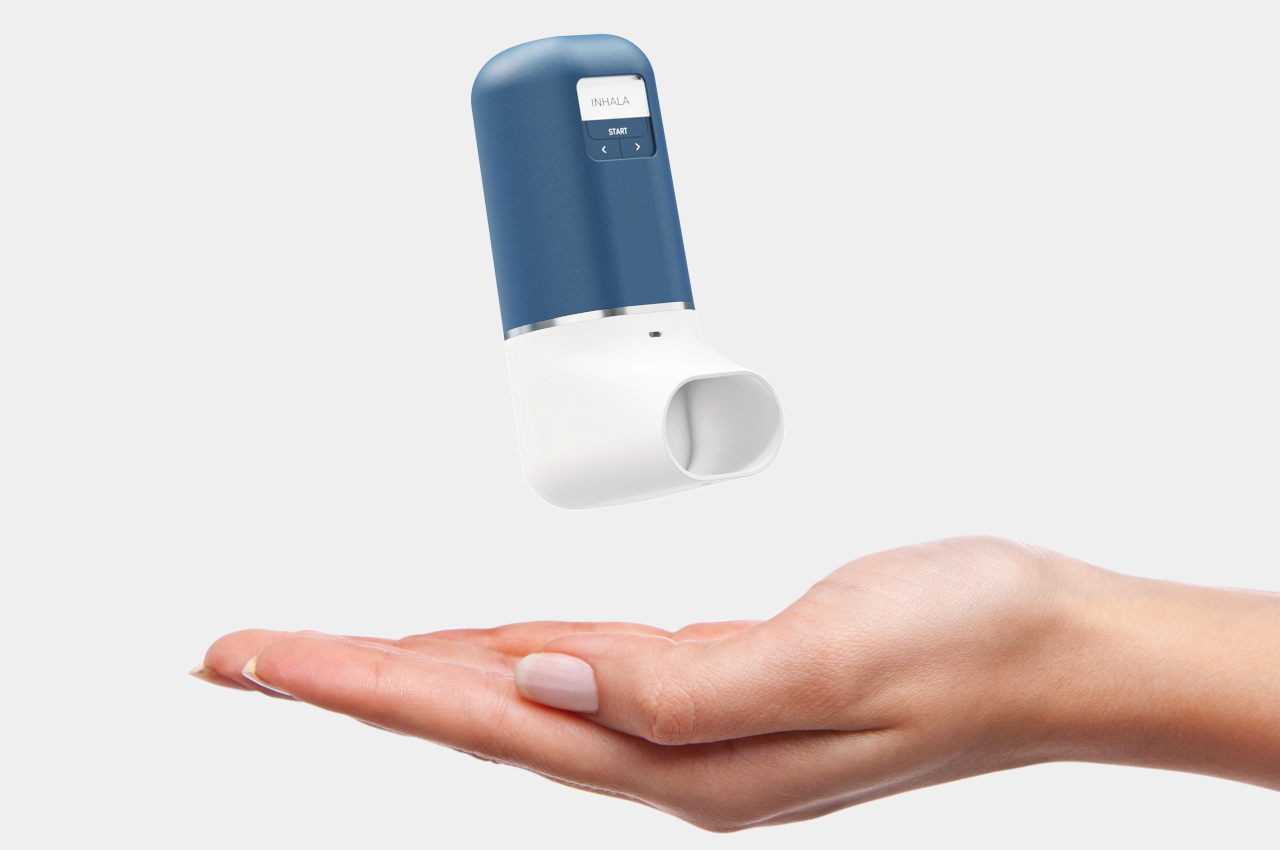
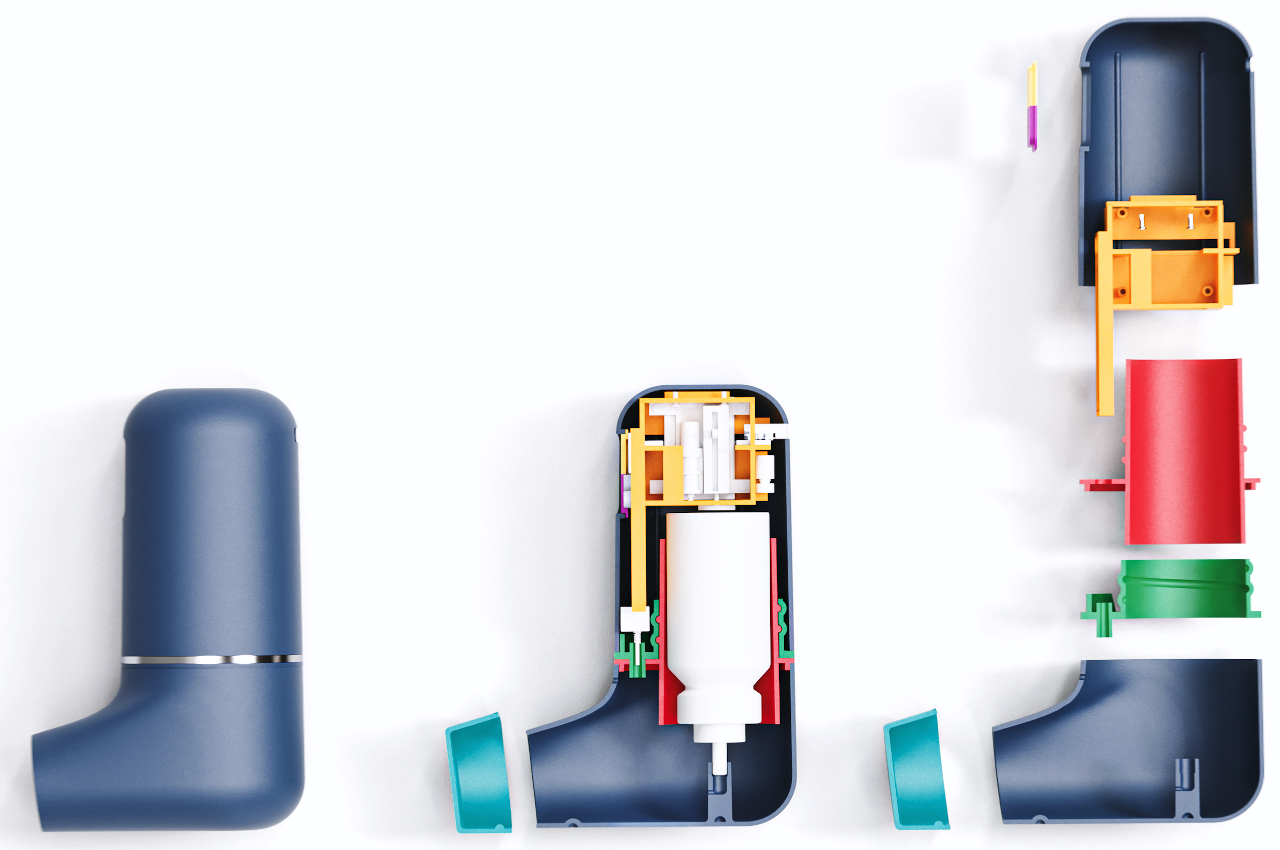
Mae is an inhaler that integrates some electronics to make sure a user gets the exact right dosage they need. It also includes a display that guides them throughout the process so they won’t have to stress over forgetting a step. The most important part, however, is that it is driven by the natural breathing cycle of the person. They don’t have to make sure to time everything perfectly. They just need to inhale, and the electronics detect that and administer the dose as necessary. You’ll still have to hold your breath after, but now there’s a timer on display for your convenience.
8. The Decibels Hearing Enhancers
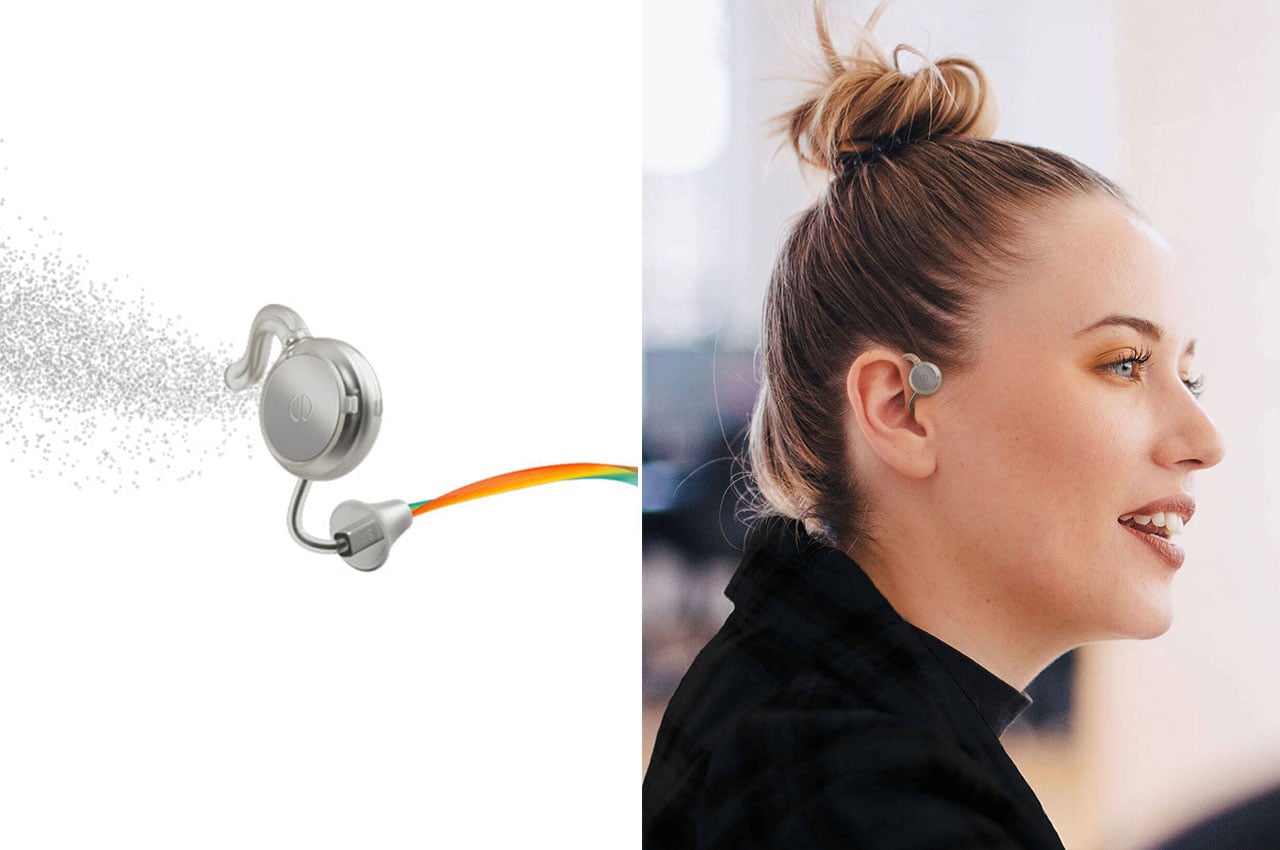

Connecting with people can be easier with the Decibels Hearing Enhancers. The small device features designer hearing technology in a form that you will not be ashamed to wear. It’s not just an ordinary hearing aid or a medical device. People may even mistake this for an earbud. Conventional hearing aids are usually hidden or associated with disabilities or getting old. With Decibels, such social stigma can be removed. But even if you have a problem with hearing, you don’t have to be ashamed, especially since the Decibels Hearing Enhancers are designed with a more modern and stylish look.
9. Home Breath Analysis device
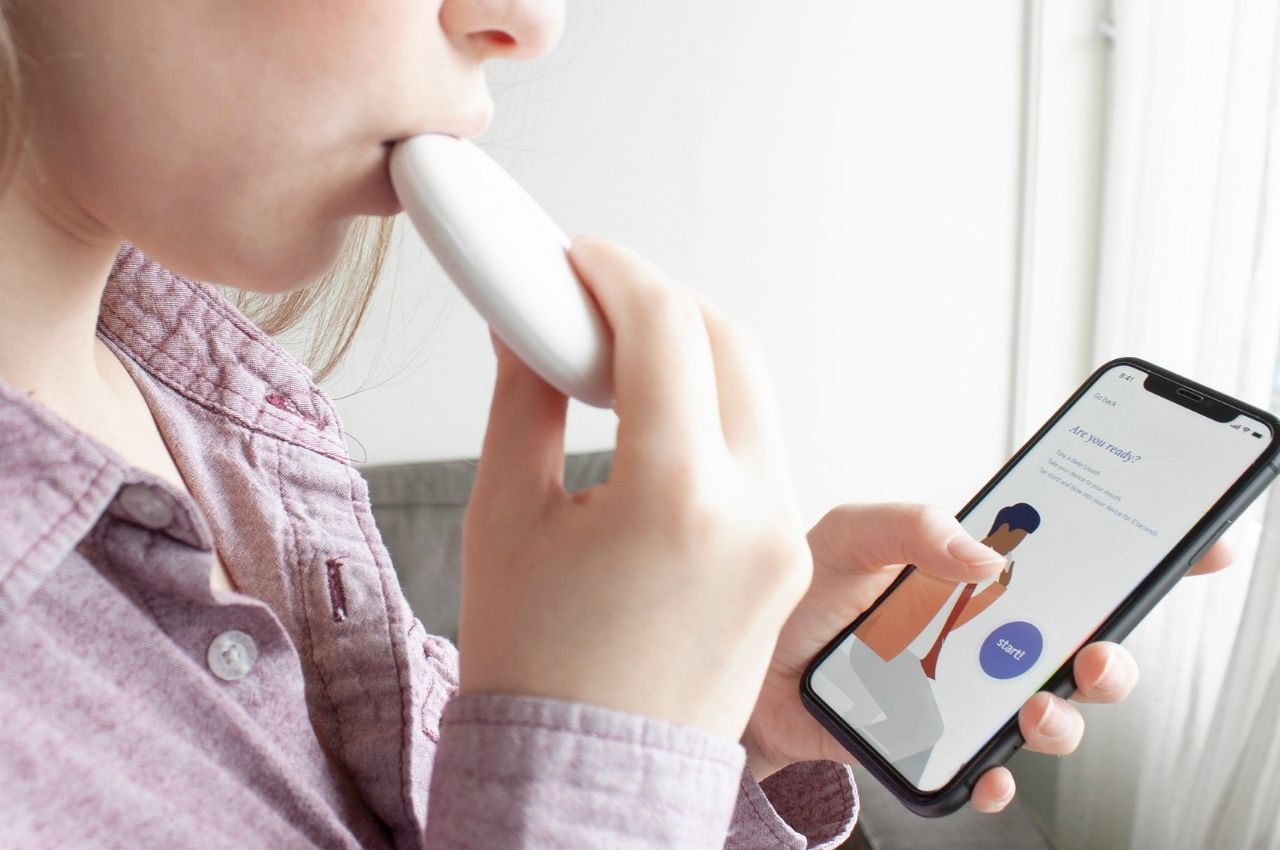
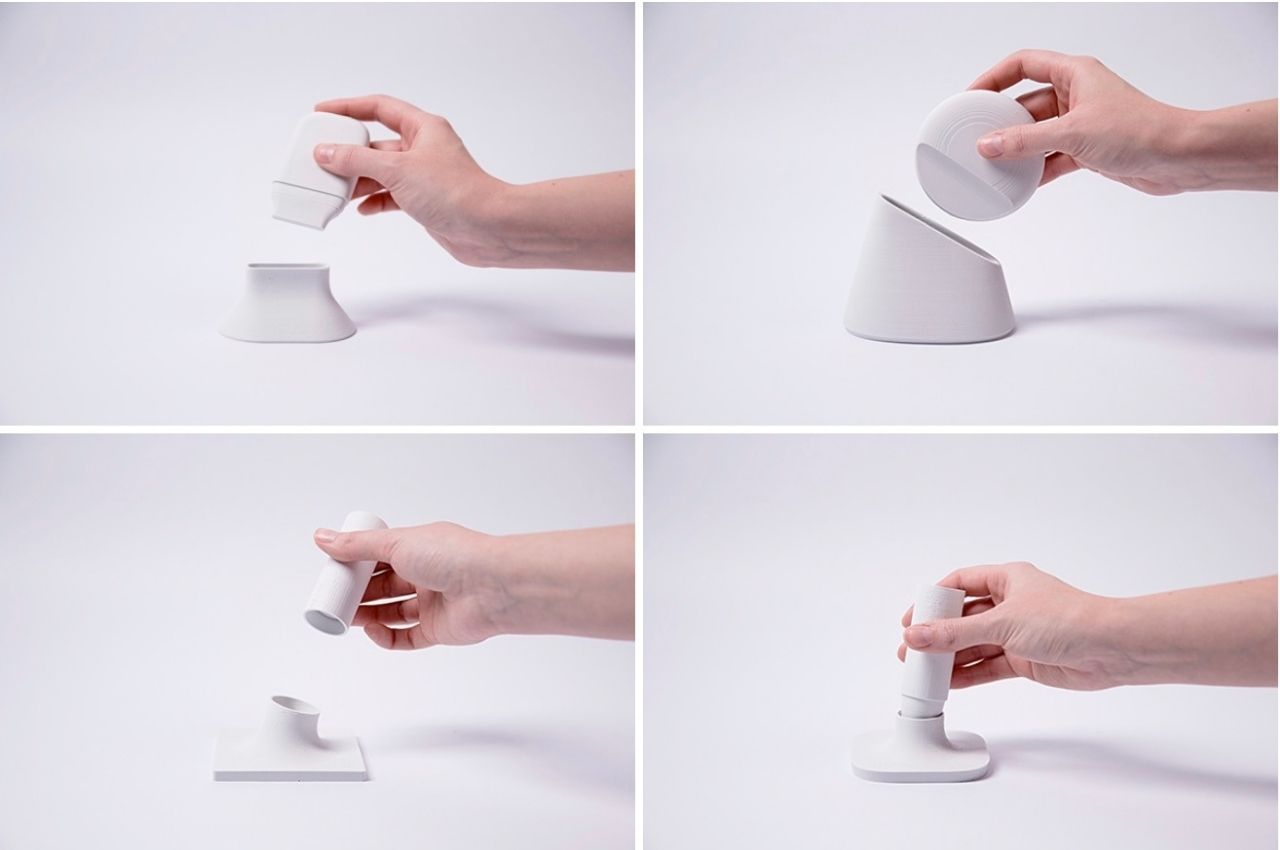
Most of the at-home medical devices that we have are more functional and not design-focused. The important thing for most users is that it does what it’s supposed to do, whether it’s measuring blood pressure or taking your oxygen saturation level. But what if the design of the device actually contributes to how regularly the “patient” will be using it and how regularly they use it is connected to early detection and diagnosis? This is the idea behind the concept for a Home Breath Analysis device by designer Lucas Couto. Anyone who has taken care of a patient at home, whether a family member or a professional, knows how hard it is sometimes to make them use a device that is supposedly good for their health.
10. Fanny
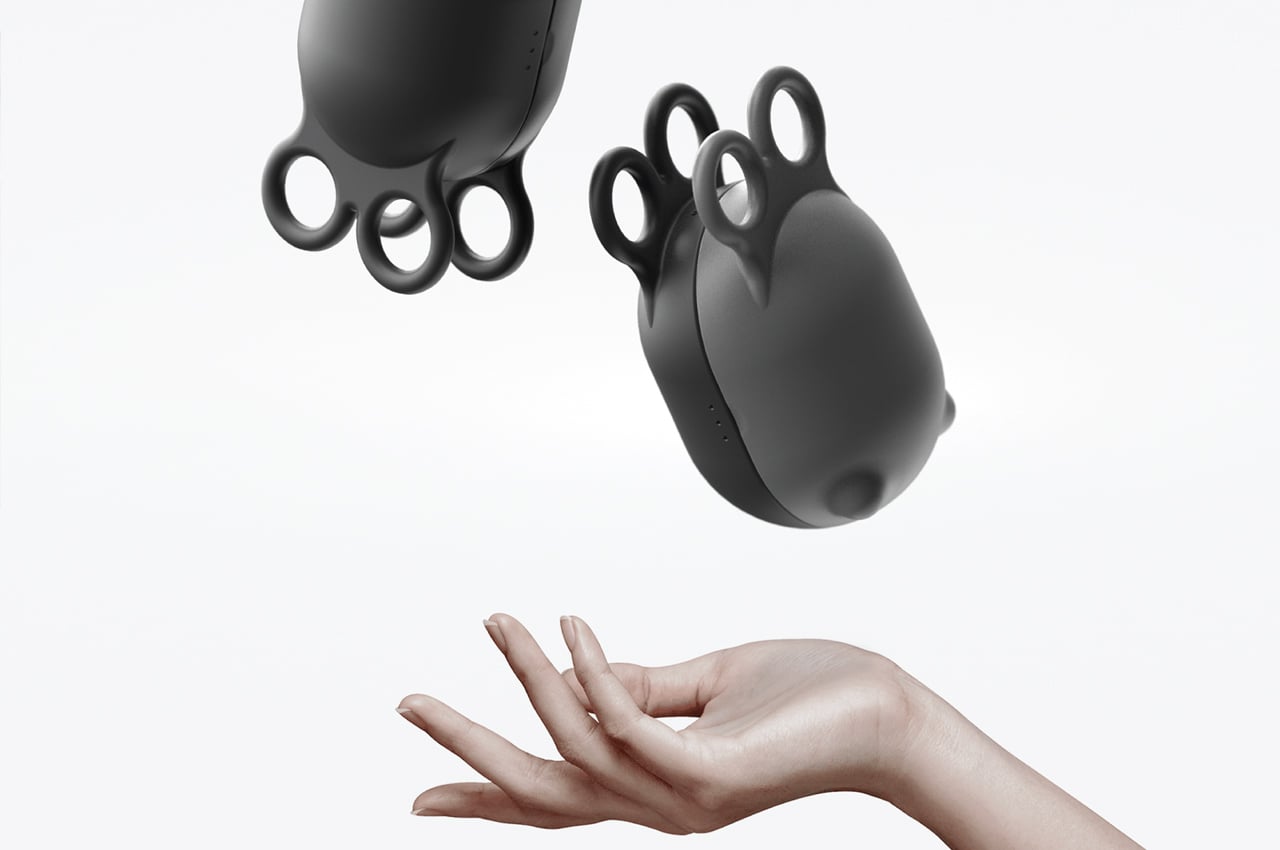
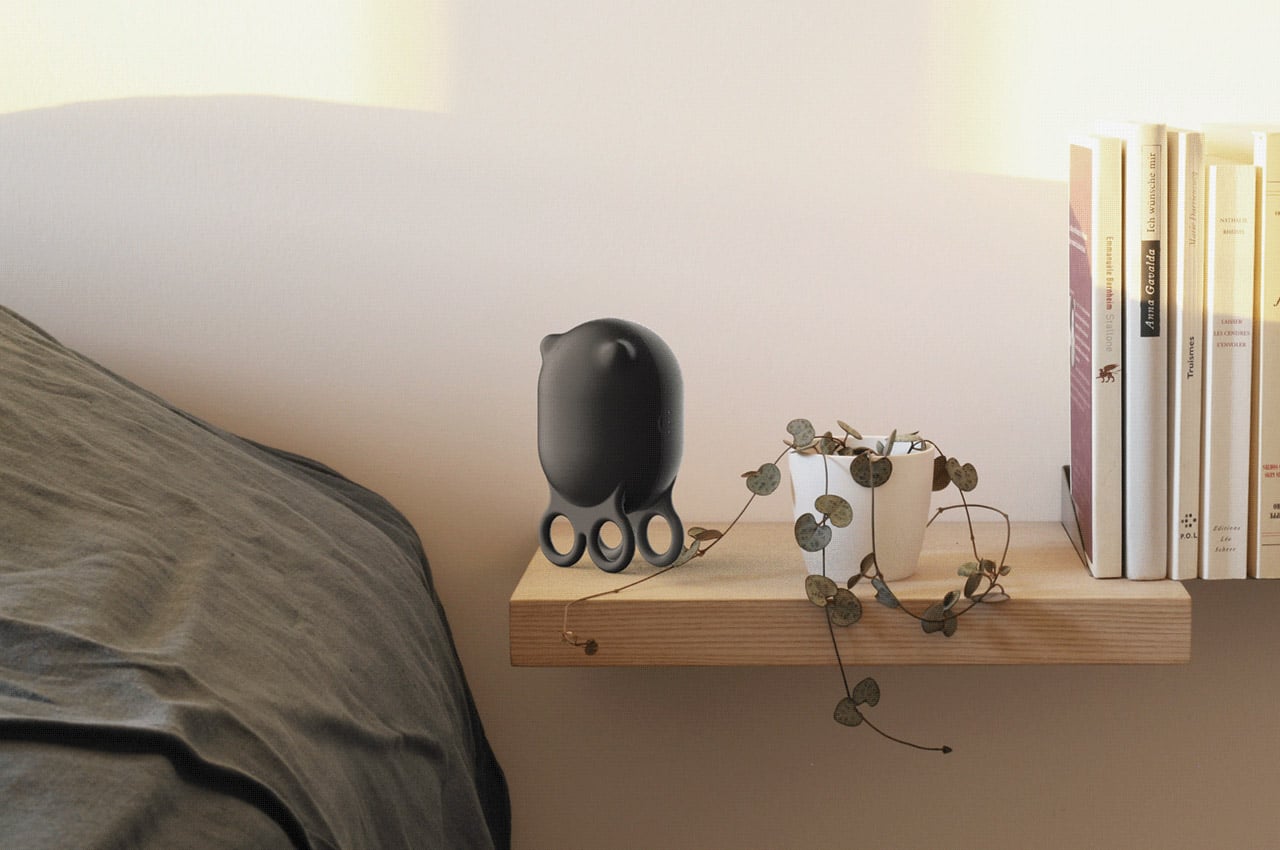
Designer Abel Szabo zooms in on the problem of wrist injuries to create a rehabilitation product that eases the user through the process of strengthening the muscle and tissues. Dubbed Fanny, this wrist rehabilitation medical accessory is specifically designed for people in the process of recovering from a nagging wrist or hand injury, or ones who keep suffering the same injury due to negligence in the past. Abel also seeks to devise a practical solution for people who either develop tennis elbow or are susceptible to developing it in the future due to the repetitive nature of their task.



